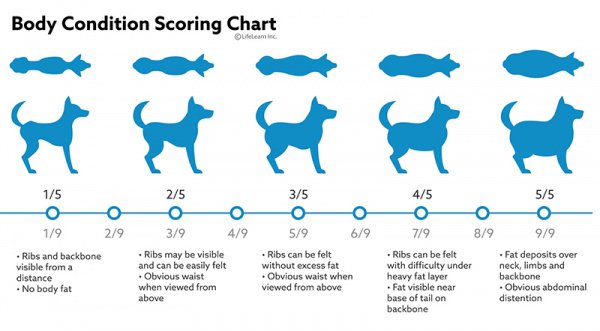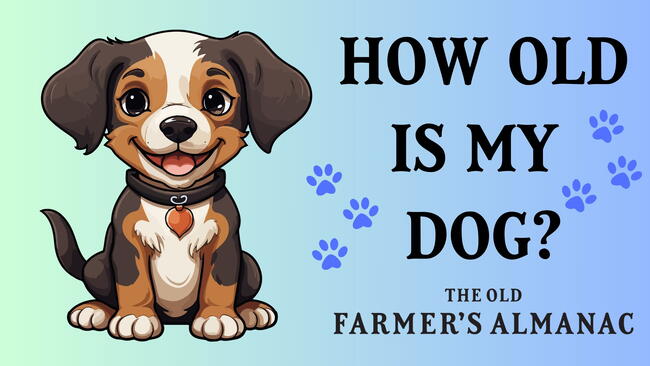Primary Image

Caption
My sons dog playing at the beach
Photo Credit
Diane Peck
How Can You Tell is Your Pet is Overweight?
Have a beautiful bluetick coon hound, who was just fine, until we got her spayed. Almost immediately after the surgery she gained a lot of weight. She is now appox.30-40 lbs. over her ideal weight. She has always loved to eat, I mean more than my other dogs, even b4 surgery. I try to exercise her as often as possible. She tolerates activity, but gives out quickly.I think she could use some hormones, she is not nearly as active and playful as b4 surgery. But, vet says he doubts the need for hormones. However, no testing was done.Anyone out there have or had a dog who has taken hormones? Did it help them? My Sally Blue(her name) needs some help. Please give us advice.Thx!
Our dogs were diagnosed with very low functioning thyroid (one after giving birth and one after being spayed).
They are on thyroid medication and a version of the Atkins diet (no carbs) along with exercise to try to get them back down to a healthy weight.
My cat Ali is over weight and sleeps a lot. Any suggestions he is a Norwegian Forest Cat the breed is normally large, but he is a little past that.
Hi Wyllow, Based on your comment, we have added more cat information in the article above. See the tips on exercise for cats as well as low-calorie food for cats. One of our editors adds, "I have a fat cat myself, and he is either partly Maine coon or Norwegian forest, so he is naturally large-framed—but also portly. This link is to a food that I feed my cat:
http://www.hillspet.com/products/pd-feline-rd-feline-weight-loss-low-calorie-with-chicken-dry.html
If you have a decent size yard check into an invisible fence. Got friends with an acre yard who installed one. Her dogs can run around freely now. Also, if your dog is up for it, try teaching him/her to play Frisbee or catch with a ball. That way the dog gets exercise without wearing you out as much. Friends are currently caring for a puppy whose owner had surgery. That puppy will chase the Frisbee tell she drops. Now, if she would only learn to bring it back to me:-)
My little MinPin is obese. My Vet says NO MORE SCRAPS! I started walking him and to be quite honest, he wears me out! I am 115 and in good shape and am glad when he stops running. I tried him on my treadmill and need someone to hold the treat in front while I walk with him, he is way too quick to tie the treat up front. He's as fast as lightning and out races the treadmill and grabs the treat! Now, he became a toy to a Rotti a week ago, actually he jumped the Rotti and got shook like a rag doll! His spine was badly out of align and he cannot wear a collar or halter, any restraint, but still wants to go for his walk, He's gotten alot better though.:) If I let him run loose, I cannot keep up and he gets away. We live in the outback of northern AZ and the coyotes may get him running loose. He cannot be trusted to be loose, ever! Any suggestions?
lakotalady, please it's not MINPIN place to be trusted they are our babies! all dogs just want to run for awhile, but they don't know the dangers that are out there. My Schnauzer Riley is 10 yoa my Pom is 3 yoa they never go out w/o leash. Maybe u could find a chiropractor school or office that would adjust MINPIN before the spine sets. My neice had a black 1 that was hit by car 2x. they live on busy hwy. they never learn about putting them in back fence. 3 purebreed dogs have been run over at their home. Everytime I visit & play with their new pets I feel they will be killed. Coyotes are near me too. I wish u luck give MINPIN a kiss!
Susan











Comments